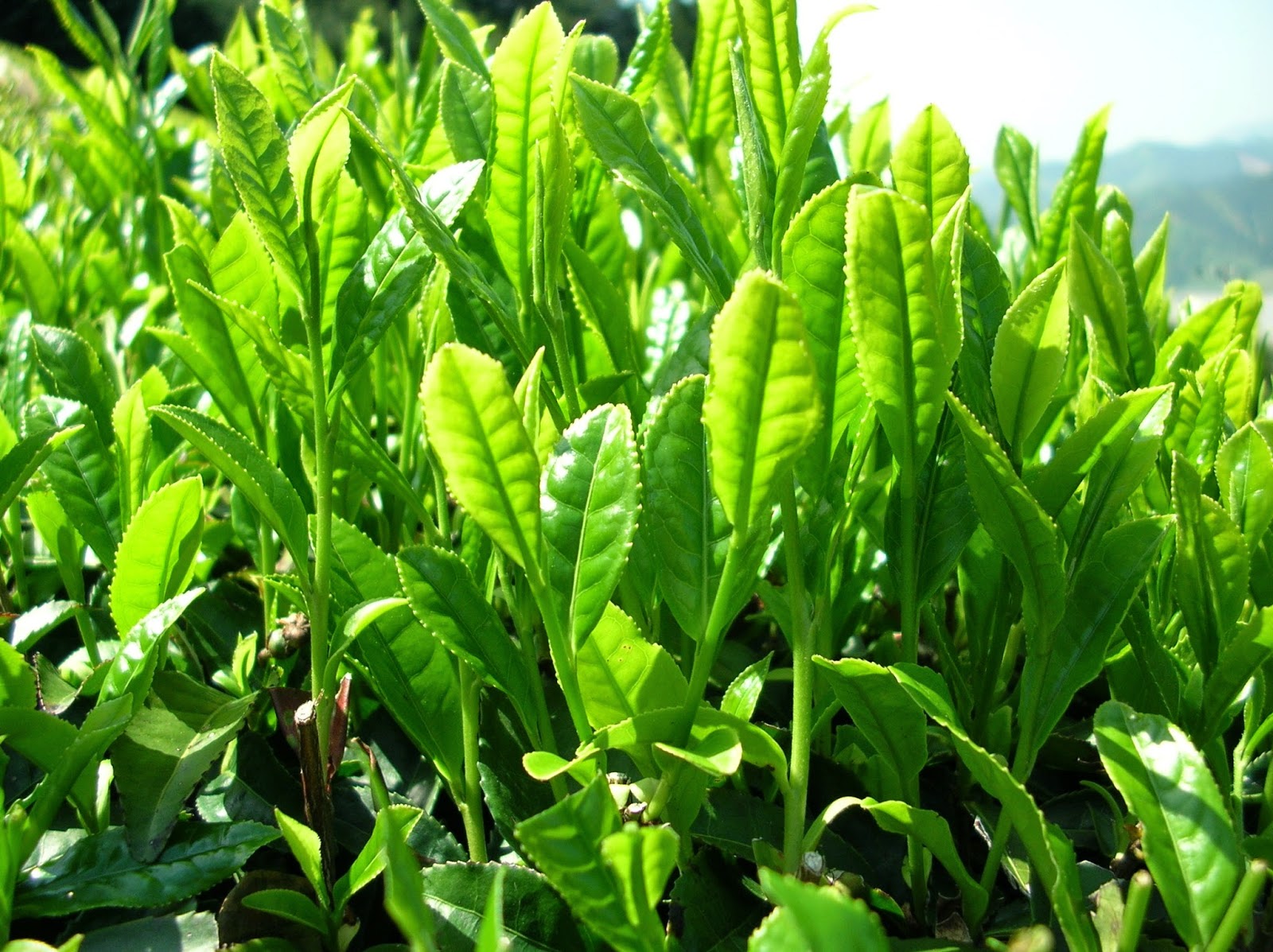 The herb bergamot, or Monarda, is used as a substitute
for making herbal Earl Grey tea because early settlers once considered it to be
similar in flavor to the original bergamot fruit. This
has caused some confusion over the years but provided you like the flavor,
that's all that really matters.
The herb bergamot, or Monarda, is used as a substitute
for making herbal Earl Grey tea because early settlers once considered it to be
similar in flavor to the original bergamot fruit. This
has caused some confusion over the years but provided you like the flavor,
that's all that really matters.
Earl Grey tea, believe it or not, is
not its own category of tea. It falls into the category of flavored teas.
Flavored teas include any type of tea—white, green, oolong, black—that has been
scented or flavored with fruit, flowers, spices, oils, extracts, and natural or
artificial flavors.
Earl Grey is one of the most
recognized flavored teas in the world. This quintessentially British tea is
typically a black tea base flavored with oil from the rind of bergamot orange,
a citrus fruit with the appearance and flavor somewhere between an orange and a
lemon with a little grapefruit and lime thrown in.
The bergamot herbs of the genus Monarda are persistent
plants native to North America. Monarda didyma was used as a beverage by
the Oswego tribe of American Indians and was one of the drinks adopted by
American colonists during their boycott of British tea. The leaves are
used to flavour punches, lemonade, and other cold drinks. M. citriodora
(lemon bergamot, or lemon bee balm) and M. fistulosa (wild bergamot) are
also used as flavourings and in teas.
Prepare Earl Grey Tea (Bergamot Herbs):

·
Place the handful
of bergamot herb leaves and flowers into a teapot. If you want the
flowers to be on show, use a glass teapot or glass jug able to handle heat.
·
Pour boiling
water over the herbs. Pour enough for at least 2 cups of tea.
Cover the herbs well.
·
Let steep for 5
minutes.
·
Serve
immediately. It should still be hot.
·
Add sweetener if needed, such as a dash of
honey or a tiny bit of sugar.
Prepare Earl Grey Tea (Bergamot Orange):
·
Locate some
Bergamot oranges. These may be available at your local farmers market or a
specialty grocery store.
·
Clean the
Bergamot orange. Peel into several small strands. Dry the peel either by air
drying or using heat. Air drying is simple: Arrange the peel on a tray lined
with parchment paper. Leave in a warm spot. The peel should be dry within 12 to
24 hours.
·
Peel can be dried in a dehydrator.
·
Peel can be heated in a low temperature
oven for 30 minutes to an hour or so.
·
Add the peel to a
jar of loose black tea leaves. Leave for a few days to infuse. Tea
readily absorbs flavors it is in touch with (hence the reason for storing it in
separate, airtight containers).
·
Make tea as
usual. The flavor of the peel should come through into the tea.
 Keep experimenting. It is
recommended that you keep trying different amounts of peel to see how much
produces the flavor that you find the most pleasing.
Keep experimenting. It is
recommended that you keep trying different amounts of peel to see how much
produces the flavor that you find the most pleasing.Jemma Catt.






